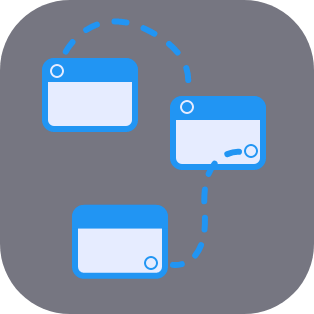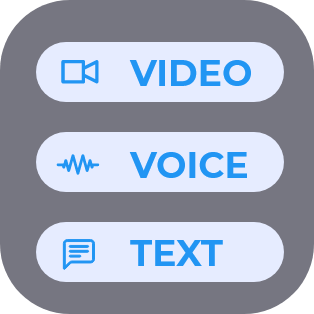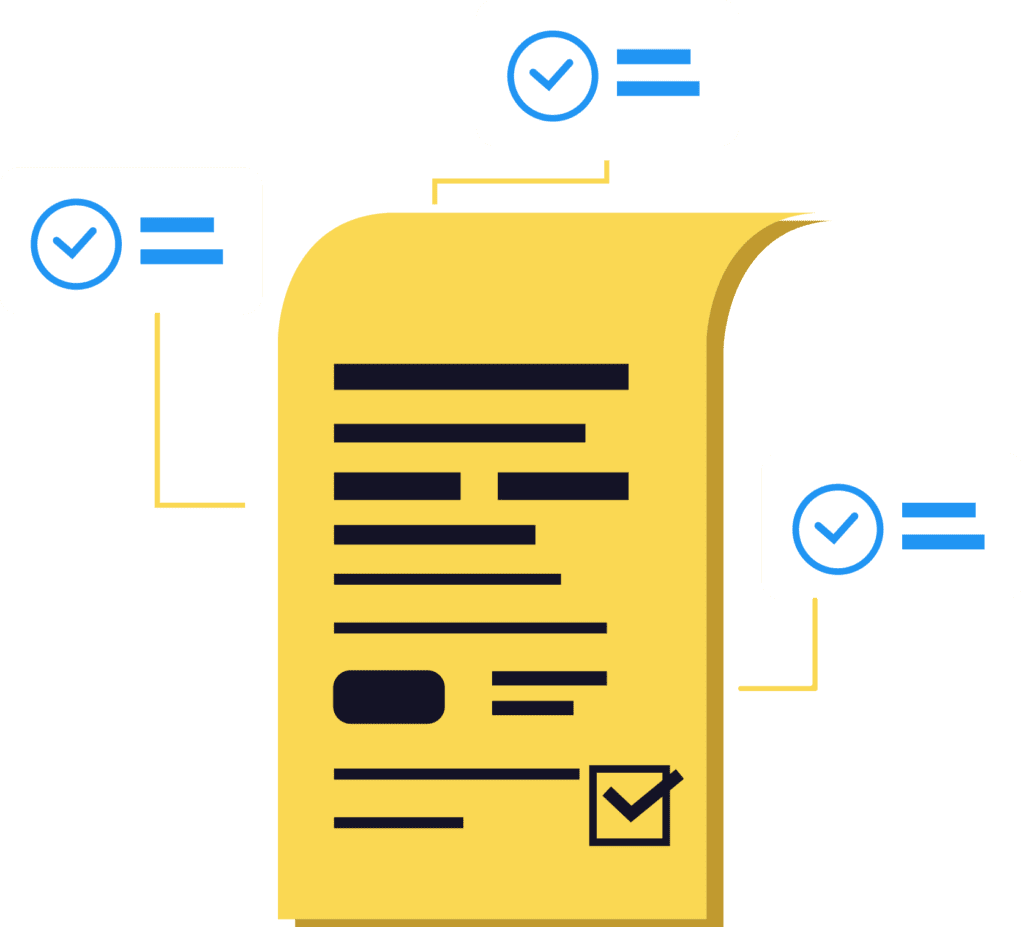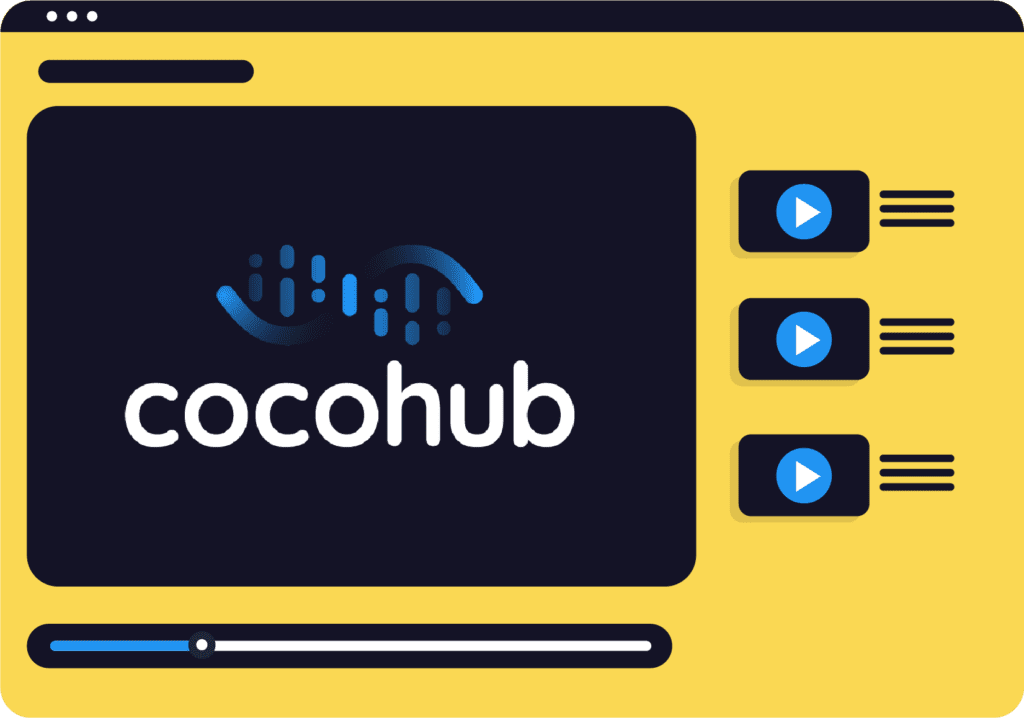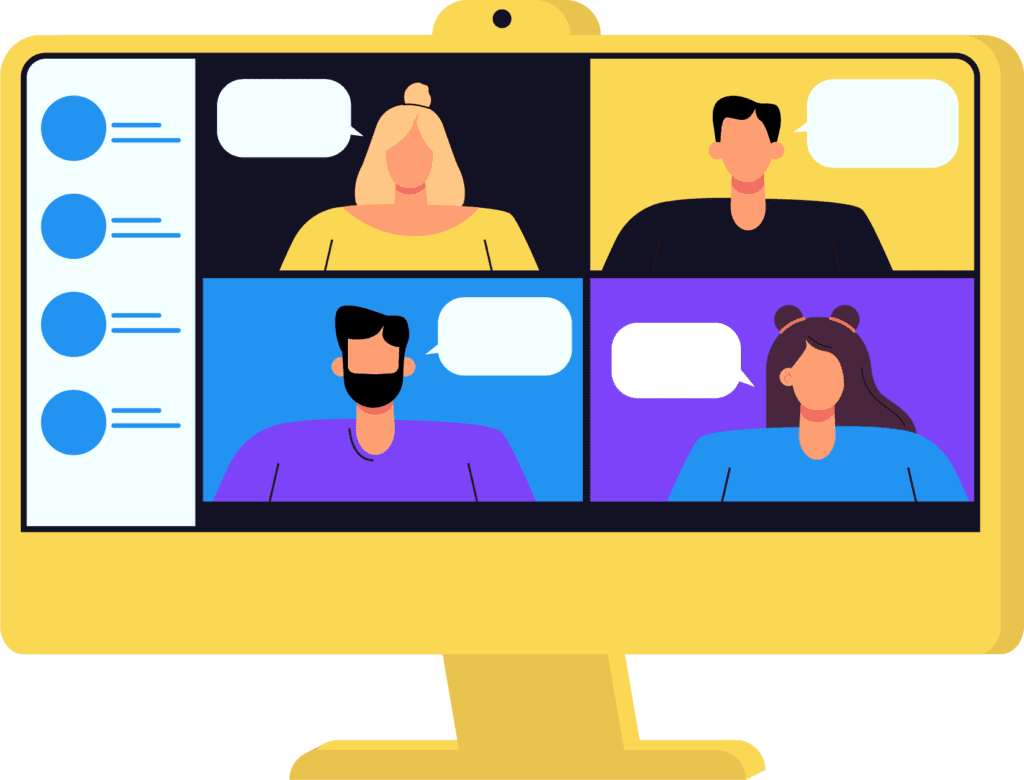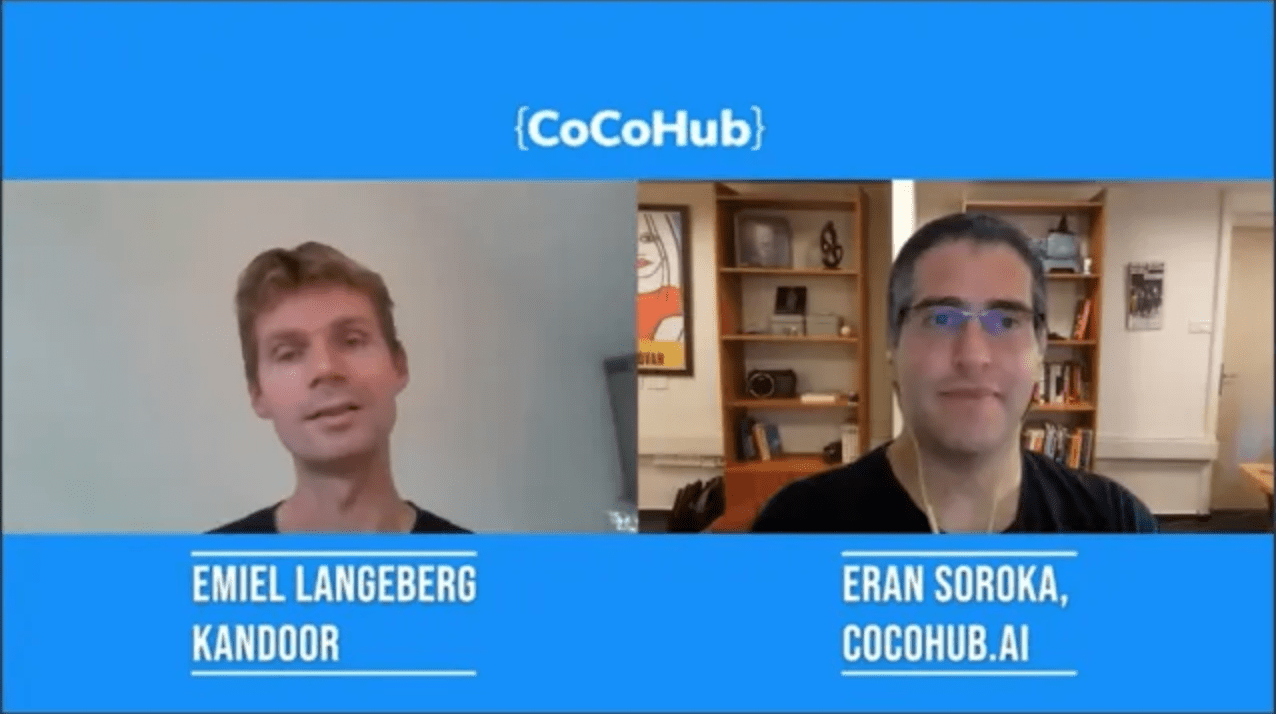Sometimes a nice presentation can make up your company stakeholders’ mind, but sometimes you need to go the distance to convince them. Emiel Langeberg, voice conversation design lead for Dutch fintech company Kandoor, chose to emphasize the difference between a voice tech based and a textual conversation interface in the funniest possible way. Langeberg, a former IT Teacher and software developer, join our latest edition of Taking Turns to tell the story of how a group of Japanese made him take voice tech seriously – and what companies are still missing when using it nowadays.
• HOW DID YOU GET INTO CONVERSATION DESIGN?
That’s a funny story. On April 11, 2018 – yeah, it’s very specific – a friend, Joppe Decker, asked me, ‘do you want to come along to an Alexa meetup we have in the Netherlands’? I said ‘oh yeah, it sounds good’. I mean, I know about Alexa’, but it wasn’t very popular here. So I went with him, and Max Amordeluso was there and told a little bit about what was going on. And one of the group’s organizers, Tomoharu Ito, was Japanese. She organized people from Japan live-streaming it and telling about how enthusiastic they were about Alexa. And for them it was like 3:00 or 4:00 a’clock AM, So when I saw their enthusiasm in the middle of the night about this subject. And I’m like ‘this is something really big, I have to look more into this’, and that’s how I got into it.
GAME ON! RSVP TO OUR UPCOMING MEETUP, ABOUT THE INTERSECTON OF GAMING AND CONVERSATIONAL AI
• WHAT’S THE bot or PROJECT YOU’RE MOST PROUD OF?
We’ve worked on a project, a Proof of Concept about answering financial questions – this is a Dutch project, so it’s all in the Netherlands – and we did this from scratch.
So we started with having people who had certain financial questions. We put them up to a real adviser, and based on that, we built up the whole system. So we analyzed what what kind of questions they were asking, what kind of questions the adviser was asked to get the answer, and how we could actually model this into a PoC, and this is what we did, so this is one of the things I’m most proud of. This PoC actually got the green light to build the whole system.
💬 Previously on Taking Turns
Michelle Zhou: “Humans talking to machines are brutally honest”
Mary Tomasso: “Don’t just write a conversation – speak it”
Michelle Parayil: “Bad copy can ruin a customer’s day”
Henry Ginsburg: “Want to get in? Grab a pen and start writing”
Kent Morita: “In the right context, humor can be very effective”
Breakup, Pokemon and YASS!: Greg Bennett talks convo design
Hillary Black: “Chatbots are like Social Media on its early days”
Every Word Matters: Language lessons with Maaike Coppens
Thorben Stemann: “Users asked my bot for her picture”
• WHAT’S THE ONE THING EVERY CHATBOT/VOICE ASSISTANT MUST HAVE, IN YOUR OPINION?
I guess it always depends on what you want to achieve, right? If you want – like us – to answer questions, then you have to answer the questions. If you are in entertainment, you really want that people will have a good time.
I think the most important thing, and almost every bot fails at that, is do not frustrate anybody. At this moment, almost everything you try – It will have a moment of frustration. It won’t understand you, or the bot goes the wrong direction or it’s stops all of the sudden, so I think that if you keep that in mind, how do I not frustrate the user – you’re well on your way.
- CoCo & Co Content reCommendations
How to build a bot using the four-turn template?
How can the travel industry recover with the help of conversational AI?
The Feedback Loop: A basic chatbot development process
• YOU RECENTLY LISTED MORE THAN 100 NEW VOICE tech APPS ONLY IN NETHERLANDS IN JULY. WHY IS IT SO POPULAR?
I’m publishing a monthly overview of the Netherlands, and nowadays – Maarten Lens FitzGerald, who in Netherlands is quite famous in the voice world already called it the “Claim Wave” – there is a company busy claiming voice domains in the insurance environment. So now if you call ask your Google Assistant something, ‘I want to make a claim’ for example, it will actually go directly to them. I think that they have 60-70 voice actions at this moment. Only last month they produced 30 of them. So one company is really going forward. They see, ok, this is a possibility and nobody’s taking these domains, there free to take, so we’ll do it.
• HOW CAN VOICE TECH HELP COMPANIES IN THE CORONAVIRUS ERA?
With the Corona we’ve see the usage of voice tech interactions takes up a lot. But I think what a lot of companies are missing at this moment with a voice interaction is the research they can do – using voice tech as research material.
We did it as a proof of concept. We used a survey method, so we had 20 people in a group and we asked – what’s your financial question? No way you can get answers through type form or Google forms, or anything like this. Through Google assistant, we got 300 answers within a week, just because we did it through voice tech. And I think many companies don’t realize yet that, especially if you have open questions – this is a very good way to ask it. So we build our own small system to ask these questions and it worked perfectly. So this is something companies can start looking into as well. Instead of making actions or skills or whole voice tech projects, use it as research tool.
The most important thing for a bot right now? Don’t frustrate the user. If you keep that in mind – you’re well on your way.
– EMIEL LANGEBERG
• TELL US ABOUT AN AWKWARD, AMAZING OR CURIOUS THING THAT HAPPENED TO YOU DURING YOUR WORK on voice tech.
In the beginning we had to convince stakeholders that voice tech was a good thing to use, and what was actually they say ‘yeah, but we already have a chatbot. We’re already there. Just put a chat in voice and we’re done’. So we had one of those Robo-heads, where you can show emotion, and I connected that one straight to our current chat, and then I talked with it.
So there’s a video online showing me talking to a Robo-head who’s giving me answers, and then you hear how long the answers are that chatbots actually having, they’re pronouncing the whole URL, https//… and it was perfect for us. I made this one, I showed it to the stakeholders and they said – ‘Ok, now we understand, chat and voice are not the same thing’. So, this is how our proof of concept started.
• WHAT TIPS CAN YOU GIVE TO ASPIRING CONVERSATIONAL DESIGNERS, OR TO PEOPLE WHO WANTS TO JOIN THIS PROFESSION?
Yeah, this moment it’s a really interesting time to enter. I noticed that this year there’s so many more vacancies for actually conversation design, last year I didn’t see so much this year there’s a lot going on, and I think you have to have a certain passion, what part do you like? Do you like the linguistic part of it, do you like talking with users? Do you like research part in front? Maybe you like the new technology behind it? Do you like NLP? Know where your strength is and use that one to get into the business.
Basically you can go from any background, you can come into the conversation design industry. It’s also why this community is so nice, you see everybody just helping each other out. No competition going on, just everybody helping each other. It’s golden times now to become part of this.
• TELL US MORE ABOUT YOUR WORKPLACE, KANDOOR.
We have a chatbot in Dutch, you can ask any financial question and we want to give free answers. So we actually believe our mother company is very much invested in social benefits for people, so for us it’s very important that people understand the workings of financials and helping them out. Especially people who are in debt, for example, how to get out of this debt. So they can ask our bots questions. They usually actually will recognize the question and answer it straight away for you. And then, if it doesn’t recognize it, at least it knows to what category it goes. It connects you with the financial expert in that field and then you will have to chat with a person. So this is the current Kandoor – actually, Kandoor in Dutch stands for “Can go on again”.
Next week, we’ll have episode 11 of Taking Turns as a part of our Conversation Quest meetup! In the meanwhile – subscribe to our YouTube channel | Join our Discord community | Sign up for our newsletter | Follow us on Facebook, LinkedIn, Instagram or Twitter

